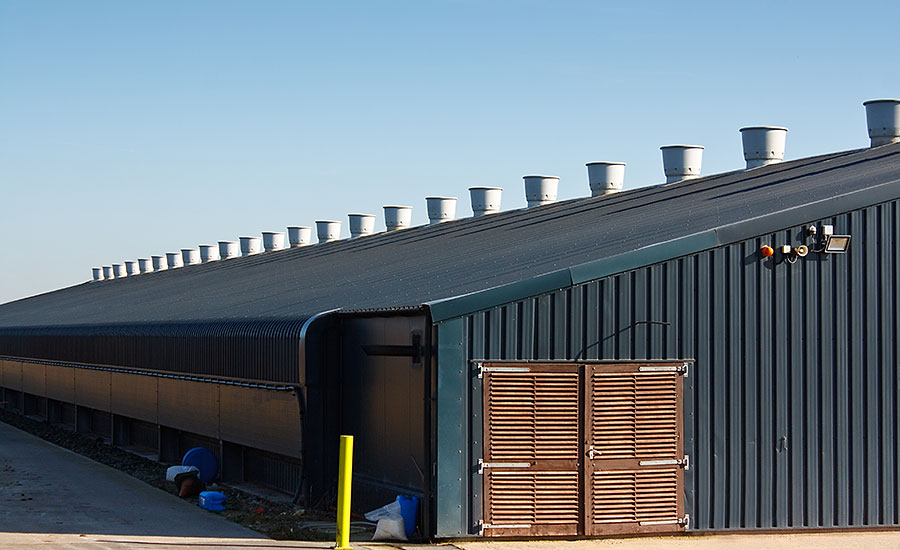I write this because in April of this year, the D.C. Circuit Court of Appeals ruled on a lawsuit environmental groups filed against the Environmental Protection Agency (EPA) after the agency finalized a rule that provided a narrow exemption for reporting the low-level emission of ammonia from poultry houses under the Comprehensive Emergency Response and Compensation Liability Act (CERCLA) and the Emergency Planning Community Right to Know Act (EPCRA.)
Make no mistake: CERCLA and EPCRA are two very important programs enacted by Congress to plan and respond to emergencies associated with the release of hazardous substances into the environment. While ammonia is one of hundreds of chemicals that must be reported when a release exceeds its reporting threshold of 100 pounds, industry is certain the potential release scenarios for ammonia did not include the low-level emission of ammonia generated as chicken manure breaks down naturally.
Instead, the kind of release scenarios the statues were meant to address were releases that could cause harm to the environment, wildlife or threaten the health of the public. The fact is an accidental release of a pesticide from a manufacturing plant in Bhopal, India, that tragically killed and wounded hundreds of people was the motivation behind Congress’ creation of the EPCRA program.
The low-level emission of ammonia from poultry houses that are consistently below odor detection levels, according to a 2009 study performed by researchers from the University of Georgia, hardly falls into the category of an incident that should trigger a report and subsequent response by emergency response personnel. Nonetheless, the D.C. Circuit Court drew no distinction between incidents like the event in Bhopal and emissions from a poultry farm in rural Arkansas.
In this case, the court ruled the EPA had, under no circumstance, the authority to provide exemptions from reporting the release of chemicals identified as hazardous. This is especially hard to comprehend when the same statue designates the EPA as the agency with the authority to define which chemicals must be reported and what level of emissions trigger a reporting requirement.
Appeals to relieve the animal agriculture industry from this unnecessary reporting burden are almost exhausted. On July 27, the U.S. Poultry & Egg Association and the National Pork Producers Council filed a brief supporting the EPA’s petition for a six-month stay of the reporting requirement. If granted, the stay will give the EPA an opportunity to develop guidance or identify other means of removing the reporting burden. If these efforts fail, poultry and livestock producers will be required to submit reports under both programs, despite the fact that there is no reliable scientific methodology to calculate the amount of ammonia that is generated.
While it is hard to speculate whether the EPA will move into an enforcement and compliance mode if the court denies the stay request, the issue that looms larger over poultry and livestock producers is a provision that allows citizens or groups to bring a lawsuit against a farmer for a failure to submit these reports. This issue alone should motivate poultry and livestock producers to become familiar with the reporting requirements and be prepared to submit reports. NP






